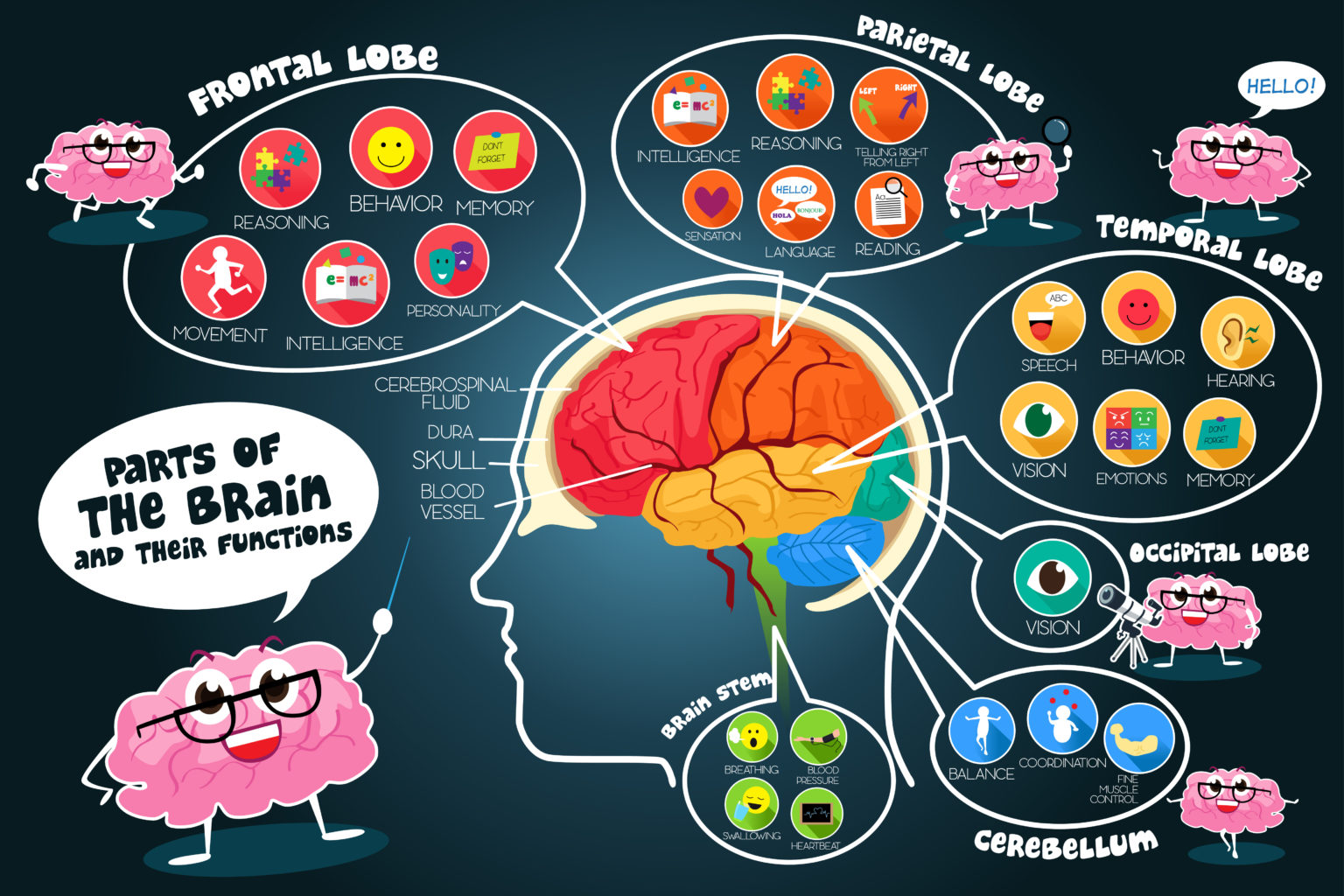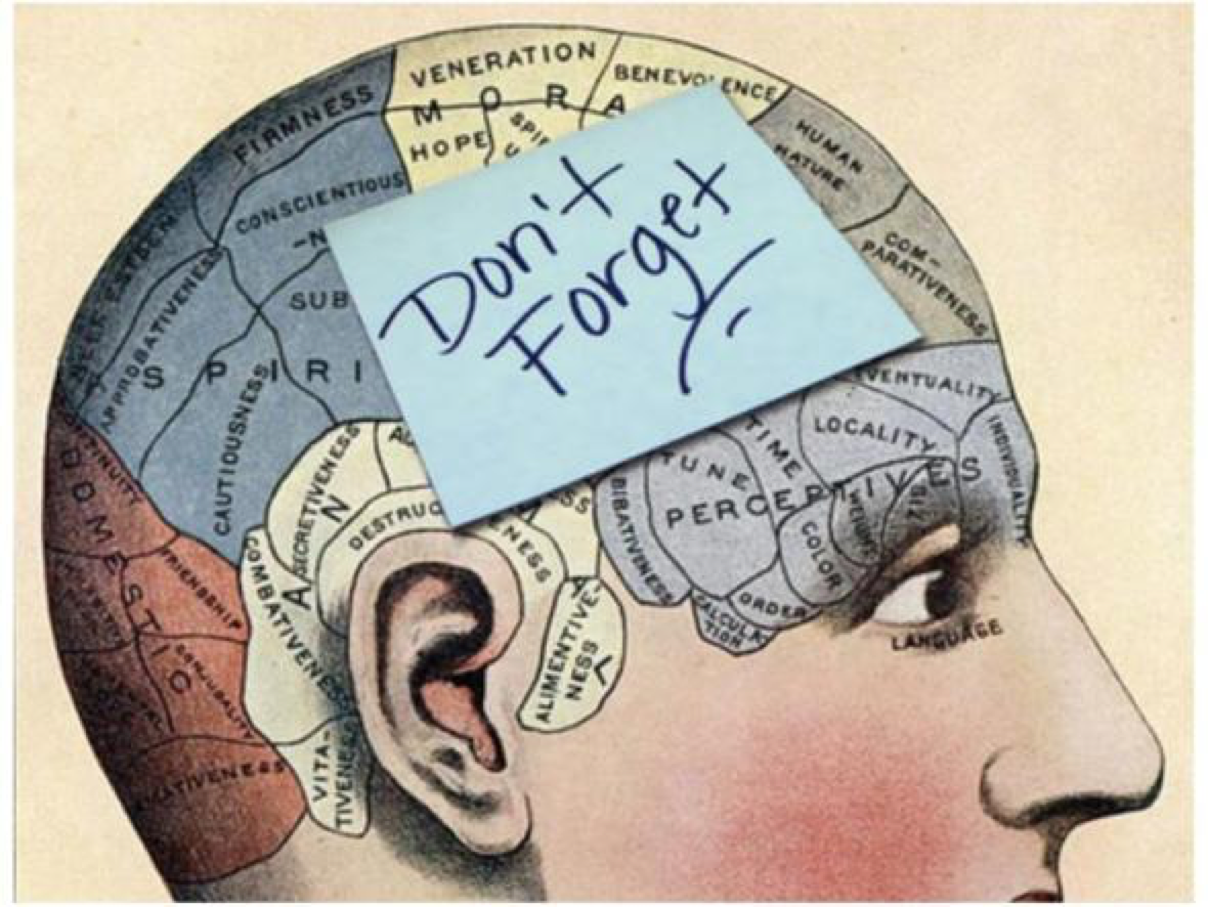Why the Human Brain Lags Behind the Internet: 7 Surprising Reasons
Unveiling the Truth: Why the Brain’s Processing Speed of 10 Bits/Second Isn’t a Flaw but a Genius Evolutionary Feature

The human brain, weighing about three pounds, is a complex organ that has captured the imagination of scientists for thousands of years. Although it’s unparalleled in its complexity and ability to store memories, emotions, and consciousness, a new study points out that its processing speed—just 10 bits per second—is surprisingly slow compared to the millions of bits that modern internet speeds can process every second. It then raises the question of why, despite the brain evolving as a tool for survival, its processing speed lags.
How the Human Brain Processes Information
The human brain is different from computers or networks in processing information. Its power lies in raw speed, integration of sensory inputs, storage of memories, and generation of thoughts. Neuroscientists estimate that our brains receive billions of bits of information every second through sensory organs. However, only a fraction of this data is consciously processed and filtered through mechanisms like attention and focus. This “slow” processing speed of 10 bits per second reflects the bandwidth of conscious awareness rather than the total volume of sensory input.
Key reasons for this filtering include:
- Energy Efficiency: Conscious processing uses a lot of energy, and the brain’s prioritization of critical tasks also conserves more.
- Noise Reduction: Filtering the non-relevant data avoids unnecessary stimulus that floods into the brain.
- Decision-Making: Processing less bit will take careful and situational decisions.

This filtering mechanism ensures that humans pay attention to meaningful and relevant information for survival in changing environments. Conscious and subconscious processes are essential in maximizing efficiency while managing complex tasks with less energy expenditure.
Internet Speed vs. Brain Processing
Modern internet systems perform at incredible speeds. To put it in perspective:
- Wi-Fi Speeds: Typical Wi-Fi connections process around 50 million bits per second.
- Fiber Optic Networks: Advanced networks can handle billions of bits per second.
Compared to the brain’s 10 bits per second, machines have a much greater raw data throughput than human neural processing. Yet, that comparison is not very fair because there is a significant difference:
- Parallel vs. Serial Processing: The brain excels at parallel processing, handling multiple tasks (e.g., recognition, recognition, and understanding speech) simultaneously. Internet systems often rely on serial data transmission.
- Qualitative Understanding: While machines excel at speed, they lack the qualitative, nuanced understanding of context and meaning inherent to human cognition.
- Purpose-Driven Filtering: Unlike the internet, which transmits data indiscriminately, the brain processes information based on personal relevance and survival instincts.
However, internet speeds refer to raw data transmission without layers of interpretation through human cognition. The synthesis that the brain affects across domains represents a crucial point of difference in the processing performed by biological systems as opposed to digital systems.
/brain--neural-network-549603029-5b8f4bc8c9e77c00506ae981.jpg)
Why the Brain’s Speed Matters
Humans’ lethargic brain processing speed is a virtue, not a vice. The human brain developed as an evolution of survival demands from our past ancestors:
- Survival in a Slower World: Early humans faced challenges that required thoughtful decision-making rather than instant reactions. Processing sensory input at 10 bits per second allowed the brain to respond deliberately to threats, such as whether or not someone was fleeing and confronting a predator.
- Prioritization Over Quantity: The processing by the brain allows for high-quality analysis of pertinent information while avoiding superficial judgments based on partial information.
- Adaptation to Multitasking: Humankind evolved to multitask using the senses (audio, visual, olfactory, etc.), necessitating proper brain resource allocation.
In the current day, this intentional pacing is reflected in tasks that call for intense concentration, such as brainstorming, imaginative thinking, and emotional control. Machines may process things faster, but the brain does things more haphazardly for the results to emerge.
The Role of Memory and Learning
One of the brain’s excellent features is its learning and adapting abilities. While the internet does process but is not capable of “learning” unless “programmed” by a human, the human brain constantly refines its perception of the world.
- Predict Outcomes: The brain uses past experiences to anticipate future events, reducing the need for real-time processing.
- Store and Retrieve Information: While conscious awareness operates at 10 bits per second, subconscious memory storage is vast and efficient.
- Evolve Social and Emotional Intelligence: These uniquely human qualities depend on slow but sophisticated mental processing.
The relation between memory and learning underlines how the brain processes abstract thinking. Its thoughtful yet profound processing capacities gave rise to the fruits of such concepts as empathy, morality, and creativity.

Artificial Intelligence and the Brain’s Limitations
The advent of artificial intelligence has revived old comparisons between human processing and machine processing. It is modelled as a neural net, but importantly, AI systems work in ways markedly different from our own:
- Processing Speed: AI machines can process data millions of times faster, making them ideal for real-time language translation or high-speed image recognition.
- Lack of Intuition: Lack of intuition, emotional depth – all those characteristic features of human cognition are yet missing in AI.
- Dependence on Training Data: Different from humans, the function development of AI requires large datasets and programming instead of organic learning.
Computer aid is unlikely to replace the whole-brain approach to solving problems shortly. However, the transformation potential of marrying AI with cognition is huge across healthcare, education, and other communication sectors.
Implications for Technology and Society
Understanding the speed of brain processing versus the internet carries a lot of implications:
- Brain-Machine Interfaces: Projects such as Neuralink will bridge human cognition with machine processing, enabling better capabilities to preserve the unique features of human intelligence.
- Educational Strategies: Brain processing understanding reinforces teaching strategies; students are encouraged to learn slowly and deliberately instead of memorizing.
- Health Awareness: Understanding the brain’s limitations will foster sympathy for people with cognitive overload or decision fatigue.
- Cognitive Enhancement: Neuroscience breakthroughs may introduce interventions that make the most of the brain without losing its strengths at the core.
The social perspective toward technology and the human brain will change, and velocity and intensity will be equilibrated.

Expanding the Comparison: Brain vs. Machines
A deeper analysis brings additional differences:
- Emotional Processing: Emotions are part of the brain’s decision-making process, whereas machines work strictly with logic and algorithms.
- Creativity: The brain generates new ideas and connections, a feature AI cannot mimic, even though generative models have improved significantly.
- Resilience: Biological systems recover and adapt to damage, whereas machines need external intervention to repair.
These differences emphasize the characteristics of human cognition that technology cannot replace, no matter how it advances.
Conclusion
Though it seems “extremely slow” compared to today’s internet speed, the fact is that the processing of a human brain indicates that its design has evolved to make it efficient and adaptive, capable of survival. This does not rely on strength of speed but integration, analysis, and prioritization. Therefore, technological advancement offers a way to bridge the gap between man and machine; however, unique biological strengths must be appreciated in processors. Eventually, this will lead to a future where human and machine intelligence coexist and complement each other.




